Why Do You Use A Lens Hood?
When it comes to photography, the lens hood is an often overlooked but incredibly useful accessory. Many photographers, especially beginners, may not fully understand the importance of using a lens hood. This article aims to shed light on why you should use a lens hood, the benefits it offers, and how it can improve your photography.
What is a Lens Hood?
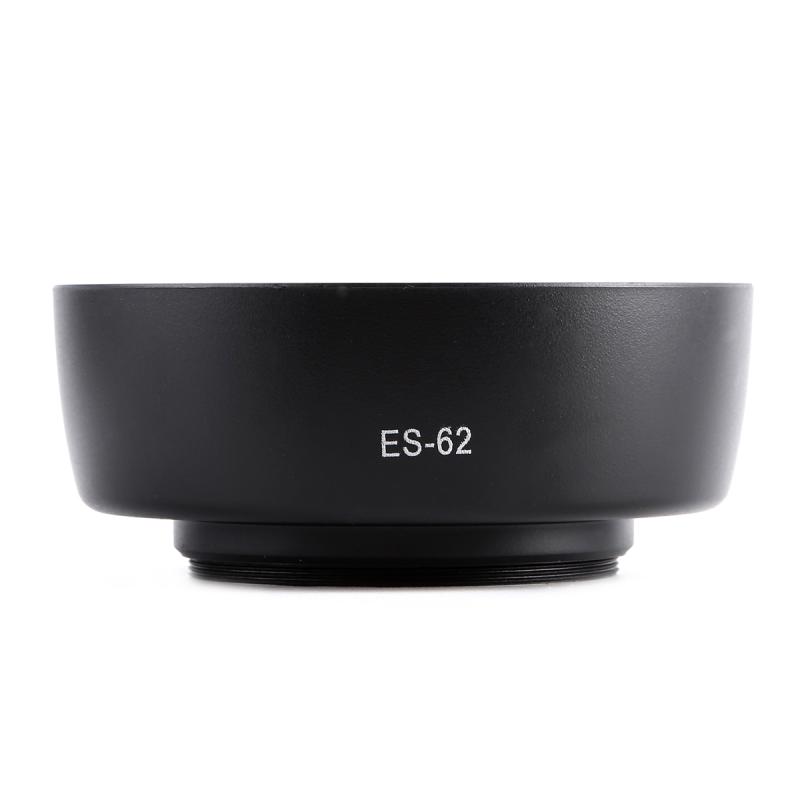
A lens hood is a simple, cylindrical or petal-shaped attachment that fits onto the front of your camera lens. It is usually made of plastic or metal and is designed to block stray light from entering the lens. While it may seem like a minor accessory, its impact on your photography can be significant.
The Primary Functions of a Lens Hood
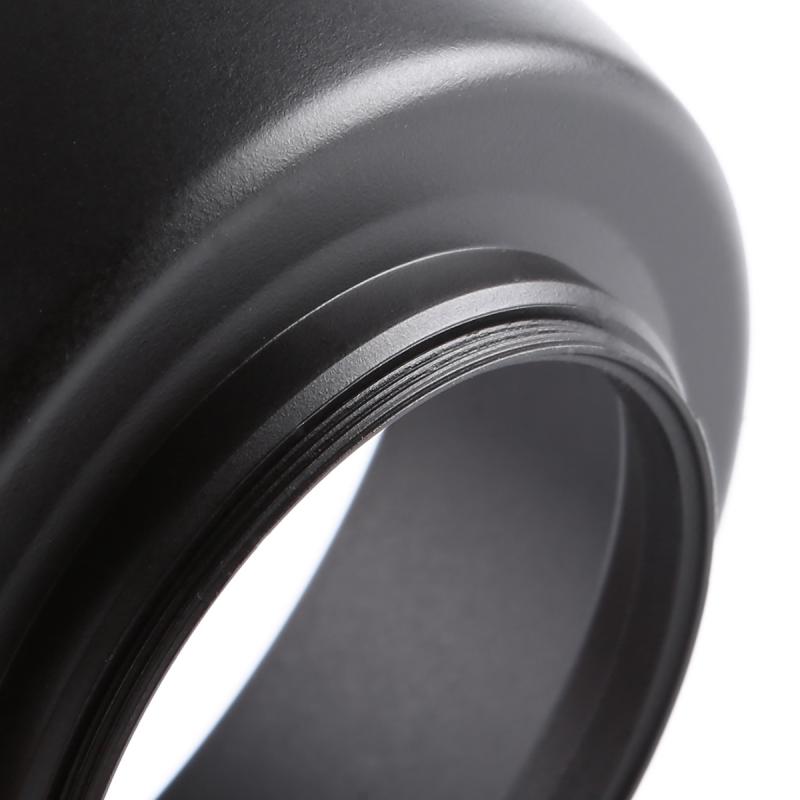
1. Reducing Lens Flare
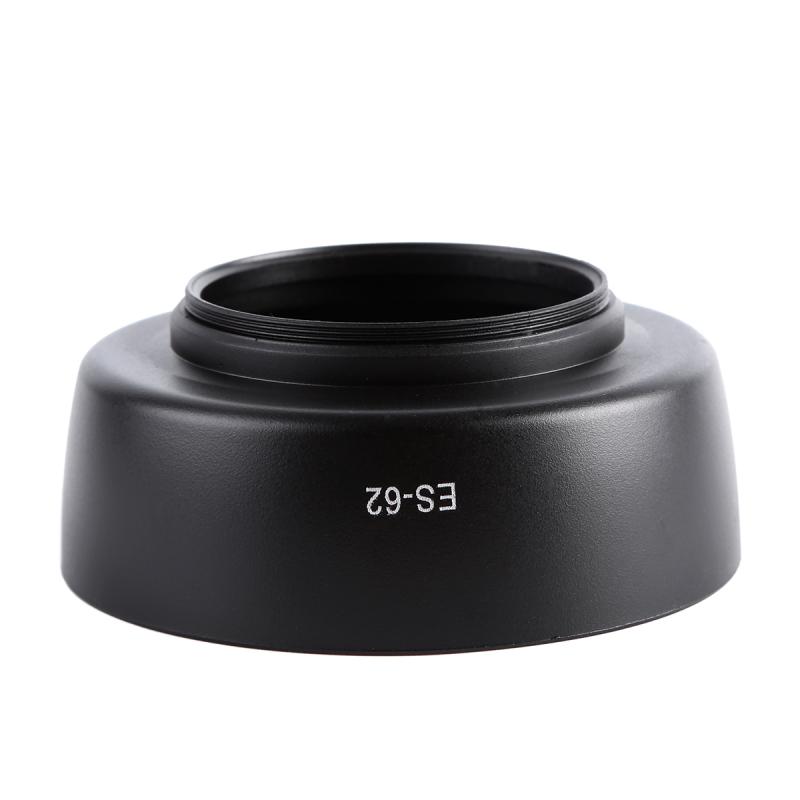
One of the most important functions of a lens hood is to reduce lens flare. Lens flare occurs when stray light enters the lens and reflects off the internal elements, creating unwanted artifacts in your photos. These artifacts can appear as bright spots, rings, or streaks of light, which can be distracting and reduce the overall quality of your image.
By blocking stray light, a lens hood helps to minimize lens flare, ensuring that your photos are clear and free from unwanted reflections. This is particularly useful when shooting in bright sunlight or in situations where there are strong light sources in the frame.
2. Improving Contrast and Color Saturation
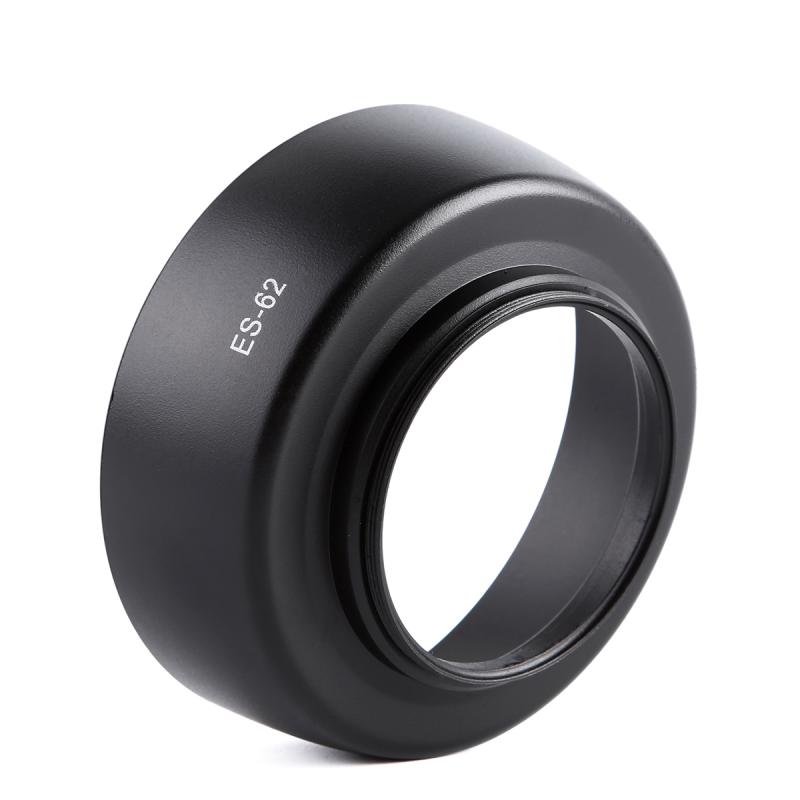
In addition to reducing lens flare, a lens hood can also improve the contrast and color saturation of your photos. Stray light can wash out the colors in your images, making them appear dull and lifeless. By blocking this light, a lens hood helps to maintain the integrity of the colors, resulting in more vibrant and visually appealing photos.
3. Protecting the Lens
Another significant benefit of using a lens hood is that it provides an additional layer of protection for your lens. The hood acts as a physical barrier, shielding the front element of the lens from accidental bumps, scratches, and fingerprints. This is especially useful when shooting in crowded or chaotic environments where your lens is more likely to come into contact with other objects.
Moreover, a lens hood can also protect your lens from the elements. It can help to keep rain, snow, and dust off the front element, reducing the need for frequent cleaning and minimizing the risk of damage.
Types of Lens Hoods
There are several types of lens hoods available, each designed for specific types of lenses and shooting situations. The most common types include:
1. Cylindrical Lens Hoods
Cylindrical lens hoods are simple, tube-shaped hoods that are typically used with telephoto lenses. They are effective at blocking stray light and are easy to attach and remove. However, they can be bulky and may not be suitable for wide-angle lenses, as they can cause vignetting (darkening of the corners of the image).
2. Petal Lens Hoods
Petal lens hoods, also known as tulip or flower hoods, have a more complex shape with cutouts that resemble the petals of a flower. This design allows them to block stray light while minimizing the risk of vignetting. Petal lens hoods are commonly used with wide-angle and standard zoom lenses.
3. Collapsible Lens Hoods
Collapsible lens hoods are made of flexible materials, such as rubber or silicone, and can be folded down when not in use. They are lightweight and portable, making them a convenient option for photographers who need to save space in their camera bag. However, they may not provide as much protection as rigid hoods.
When to Use a Lens Hood
While a lens hood can be beneficial in many situations, there are certain scenarios where it is particularly useful:
1. Outdoor Photography
When shooting outdoors, especially in bright sunlight, a lens hood can help to reduce lens flare and improve the overall quality of your photos. It is also useful for protecting your lens from the elements, such as rain, snow, and dust.
2. Studio Photography
In a controlled studio environment, a lens hood can help to block stray light from studio lights and other light sources, ensuring that your photos are free from unwanted reflections and artifacts.
3. Crowded or Chaotic Environments
In crowded or chaotic environments, such as concerts, festivals, or busy streets, a lens hood can provide an extra layer of protection for your lens, reducing the risk of accidental bumps and scratches.
When Not to Use a Lens Hood
While a lens hood can be beneficial in many situations, there are times when it may not be necessary or practical to use one:
1. Low-Light Conditions
In low-light conditions, such as indoor or nighttime photography, lens flare is less likely to be an issue. In these situations, you may not need to use a lens hood, and it may even be beneficial to remove it to avoid blocking any available light.
2. Using Filters
If you are using filters, such as polarizers or ND filters, a lens hood may not fit properly or may cause vignetting. In these cases, you may need to remove the hood or use a specialized filter holder that accommodates both the filter and the hood.
In conclusion, a lens hood is a simple yet highly effective accessory that can significantly improve the quality of your photos. By reducing lens flare, improving contrast and color saturation, and providing additional protection for your lens, a lens hood is an essential tool for any photographer. Whether you are shooting outdoors, in a studio, or in crowded environments, using a lens hood can help you achieve clearer, more vibrant, and visually appealing photos. So, the next time you head out with your camera, don't forget to bring along your lens hood – it might just make all the difference.


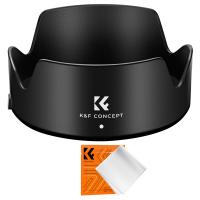
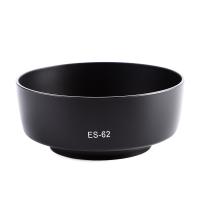
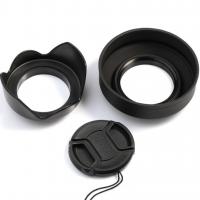
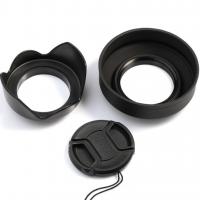
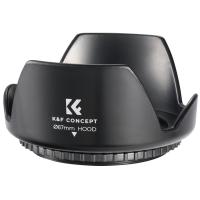
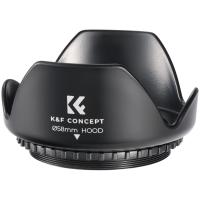
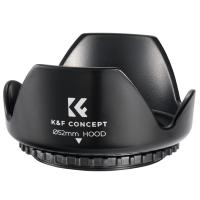
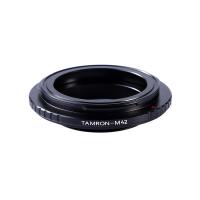
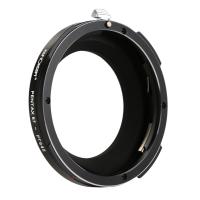
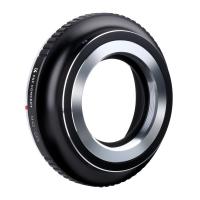




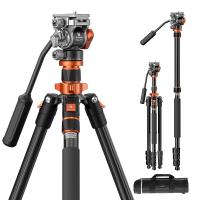
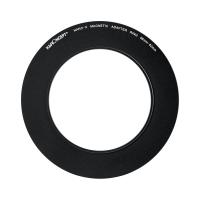



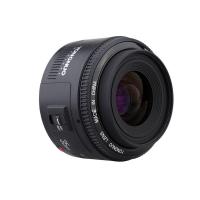
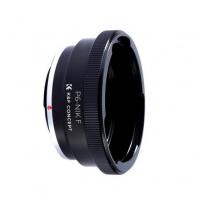
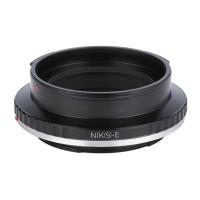
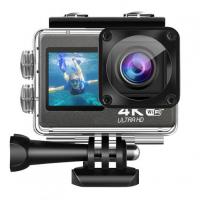

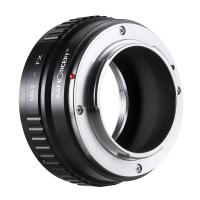
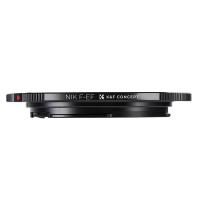
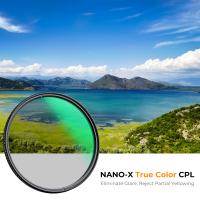




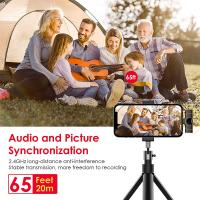
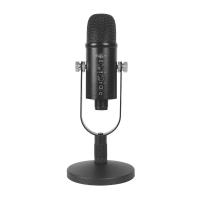
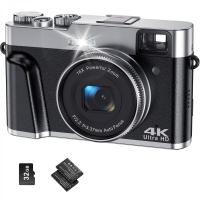



There are no comments for this blog.